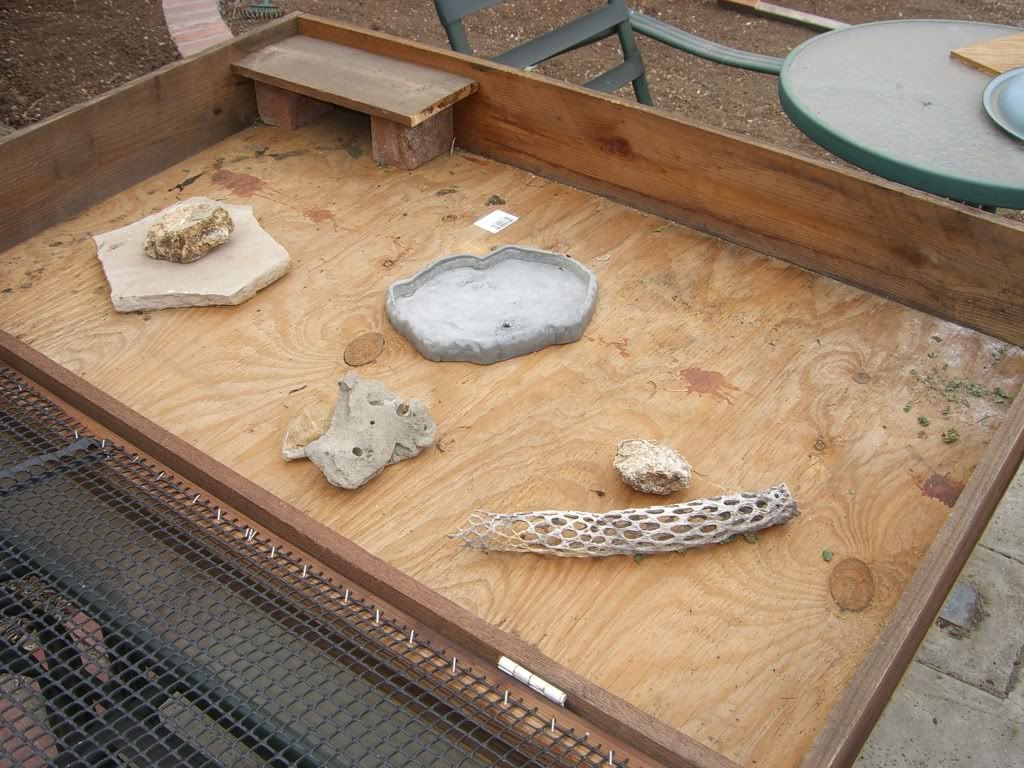I have a desert tortoise that I have had for about a year. I have been keeping him outside this summer during the day and inside at night. My question is what should the humidity level be at and is that throughout the entire enclosure or is it only in a hide?
Also i was confused as to what substrate to be using so I have been using bark inside and nothing outside.

Also i was confused as to what substrate to be using so I have been using bark inside and nothing outside.
